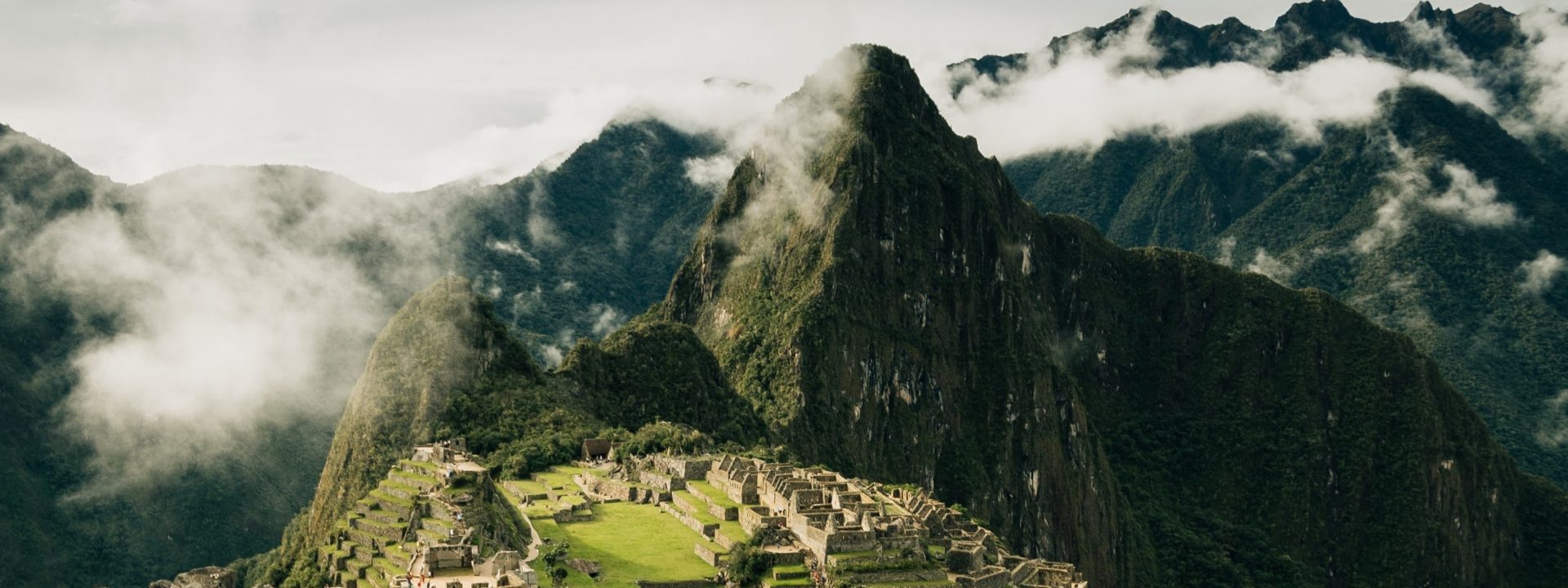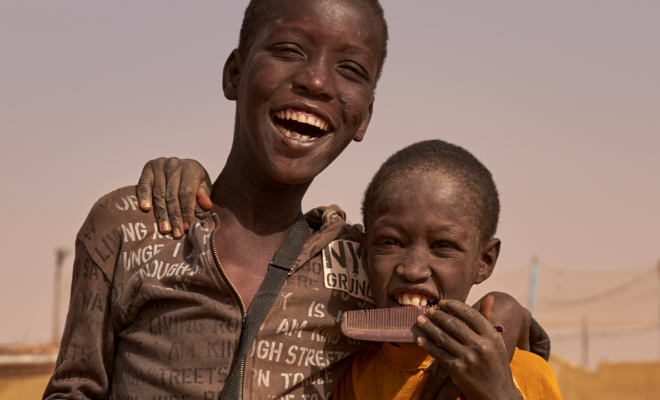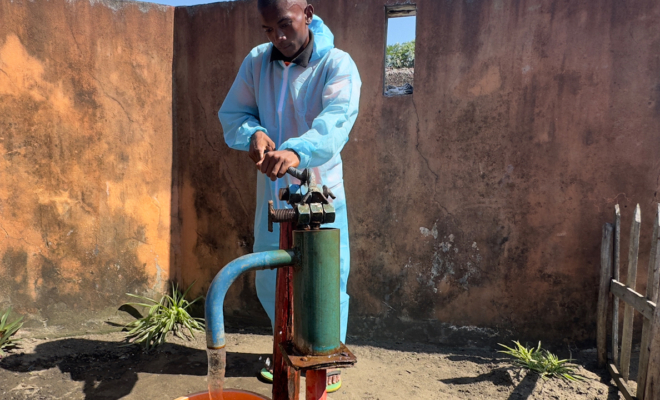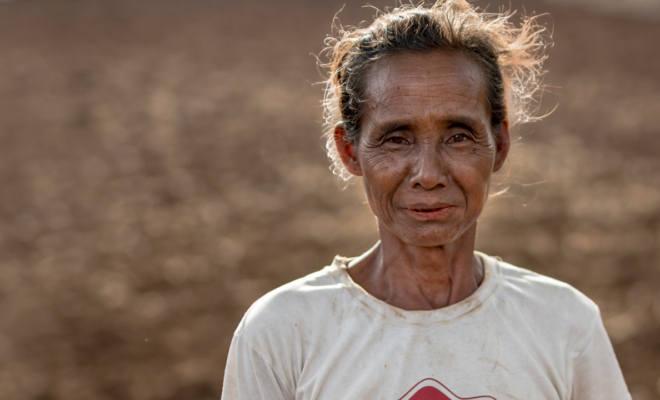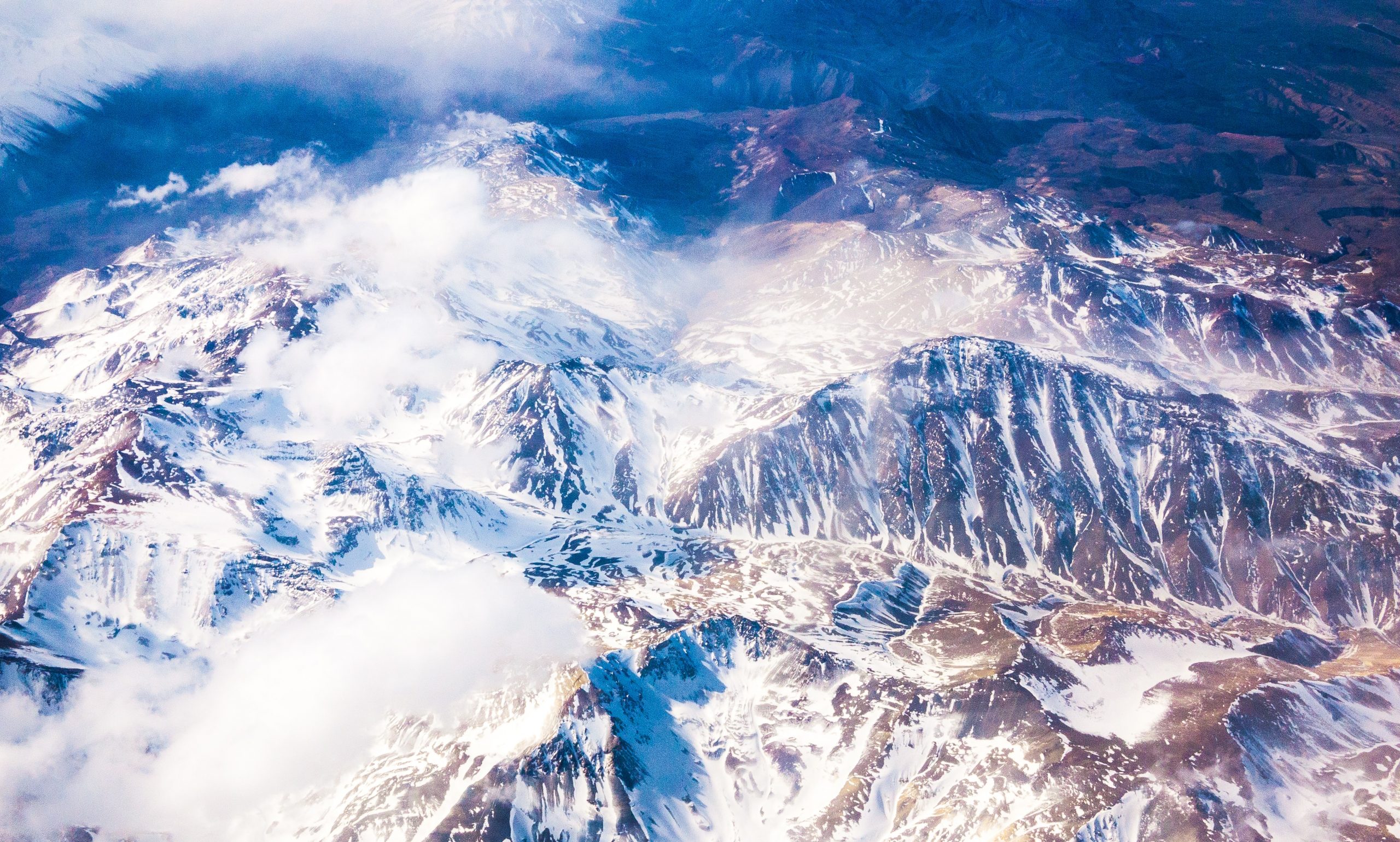
Along its 8,000 km, from Colombia to Tierra de Fuego, 17 peaks rise above 6,000 meters and 722 glaciers descend. © Nicolas Prieto -unsplash
The backbone of South America, the Andes mountain range, is the longest on Earth. Along its 8,000 km, from Colombia to Tierra de Fuego, 17 peaks rise above 6,000 meters and 722 glaciers descend. This is a spectacular geographical axis that has determined the history, culture and climate of the continent with the widest water basins and one of the largest water reserves of the planet.
To the east of the mountain range, only the Amazonas, Orinoco and Paraná rivers contain 33 % of the available water on Earth, while the ice of southern Argentina and Chile represents one of the most important solid reserves of fresh water in the world.
However, the distribution of these resources is not stable. As it happens all around the world, due to different climate zones and orographic features, there are huge inequalities in the water richness in South America; the Amazonian forest and the Atacama Desert show this contrast very clearly.
The management of these hydric extremes is one of the greatest challenges South American countries must face to achieve the sustainable development of their enormous farming potential, and this is key to the food security of mankind.
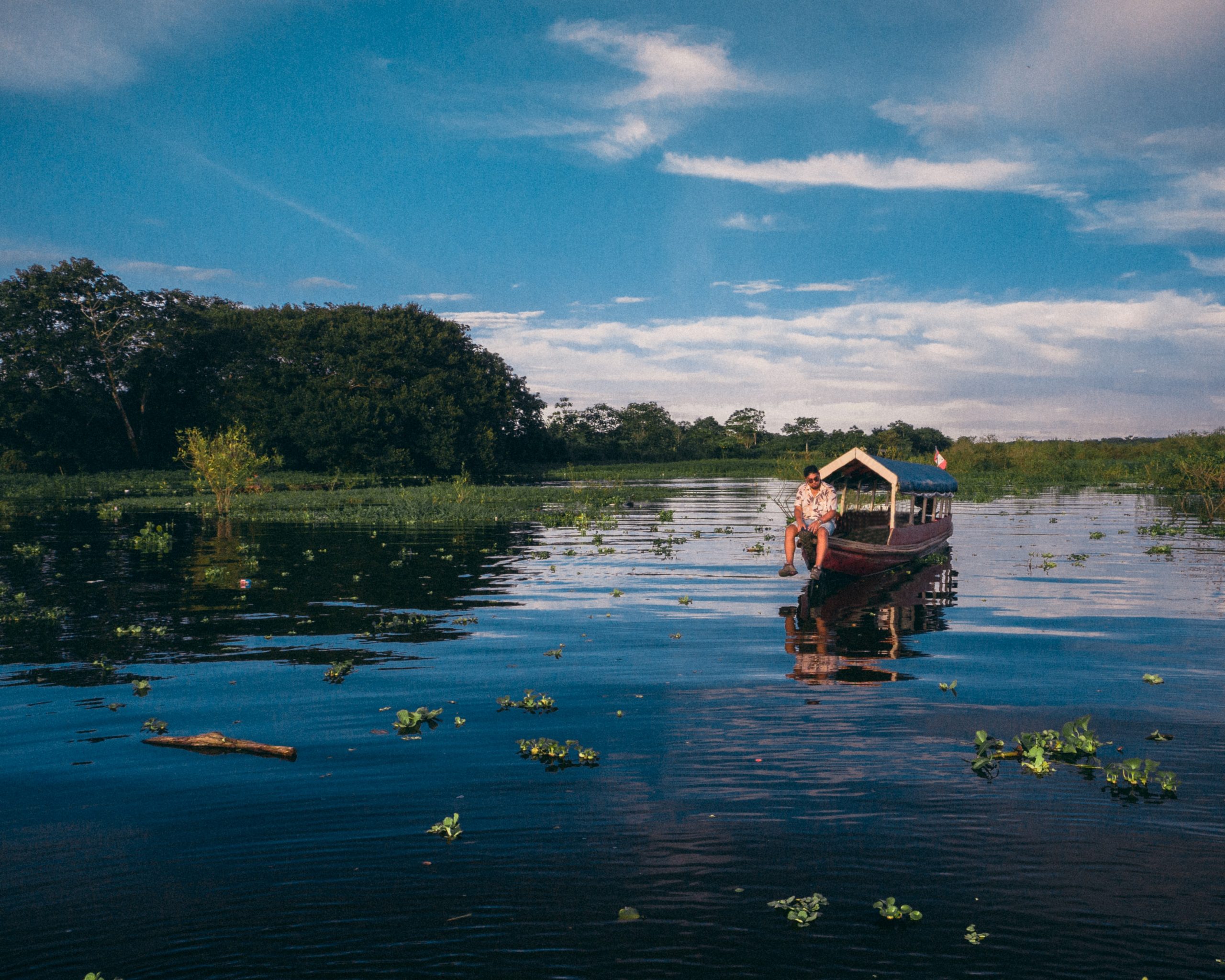
The Amazonas, Orinoco and Paraná rivers contain 33 % of the available water on Earth.© Jordan Beltran -unsplash
The Peruvian asymmetry, the great model
Peru, which stretches to the east and west of the so called Northern Central Andes, is a good example of this disparity: it takes up only 0.84 % of the continental surface of the planet, however, it contains almost 5 % of the world’s surface fresh water volume; but the geographical distribution of its population does not match the availability of water, which is of 7,000 m3 per inhabitant and year. This is an asymmetry found in many countries in which urban development has advanced in an unbalanced way, such as for instance Mexico, Brazil, South Africa and India, where the population is concentrated in areas with insufficient water resources to meet the demand.
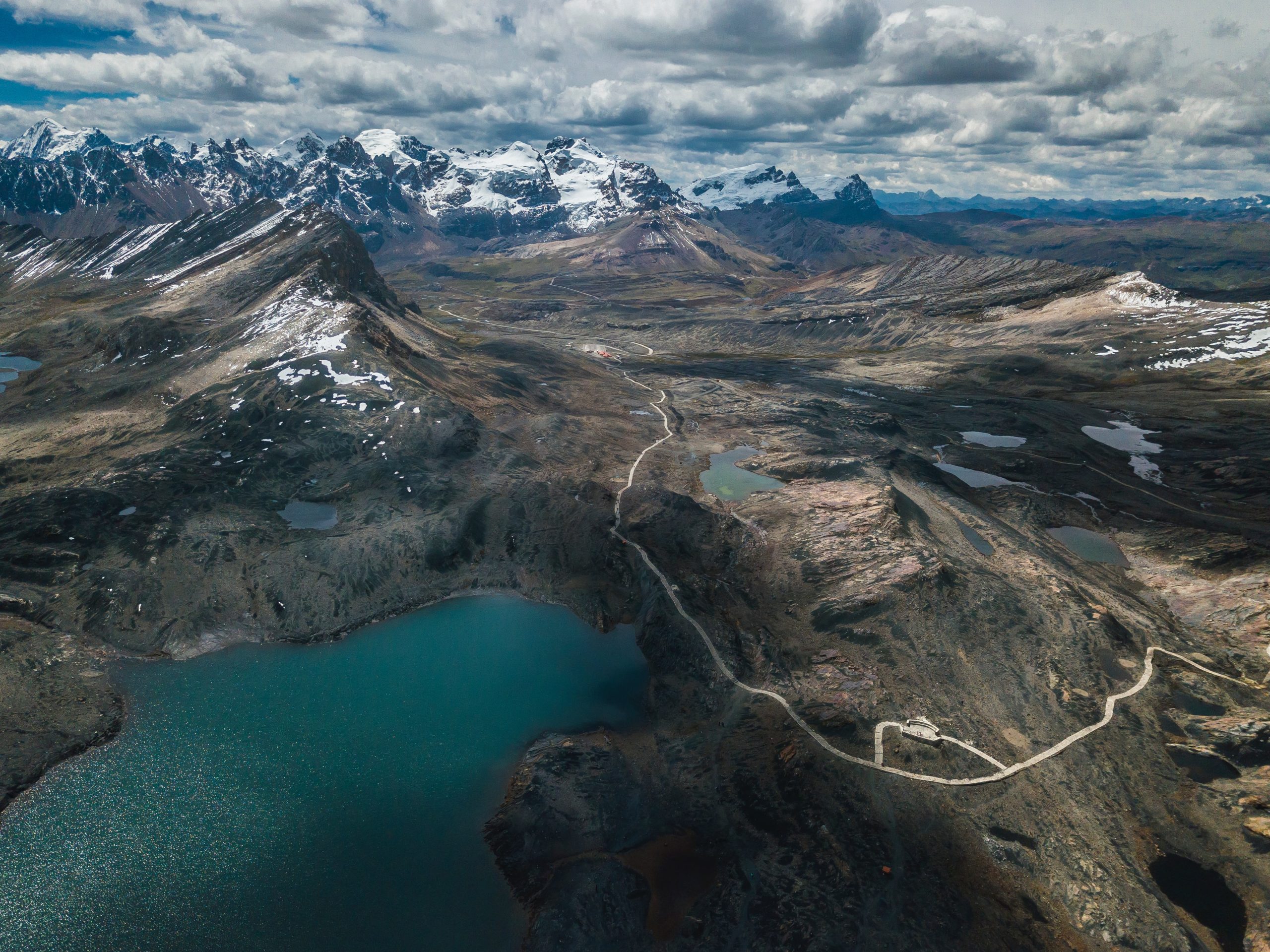
28 %, 9 million peopleof Peru, live in its valleys where water is abundant in the Andean region. © Willian Justen -unsplash
Three very different areas can be distinguished in Peru:
1. The coastal region, with136,232.85 km² (around 10.6 % of the surface), very dry and mostly semiarid. In 2017, 18 million Peruvians, nearly 60 % of the population, lived on the Pacific coast, which only has 1.8 % of the water availability in the country. The population in this area has clearly grown in the last few decades.
2. The Andean region, with 404,842.91 km² (31.5 % of the surface). Nearly 70 % of the tropical glaciers around the world can be found here. 28 %, 9 million people, live in its valleys where water is abundant. The population is this mountainous area is decreasing.
3.The Amazon region, with 754,139.84 km² (57.9 % of the surface). Jungle area with plenty of rainfall where 14 % of the Peruvians live, 4.5 million, with a stable demographic growth in the last few decades.
Millions of hectares to be recovered
The valleys of the Andean region of Peru possess a cultural legacy that goes back thousands of years and whose recovery is a key factor to attain sustainable growth. This could be an example for large areas of South America and the rest of the world. It is the Incan culture, which also drank from other earlier cultures that possessed a deep knowledge of nature and very efficient techniques to manage water naturally. These techniques are currently a model of sustainability to be followed in order to recover the huge farming potential that is still untapped.
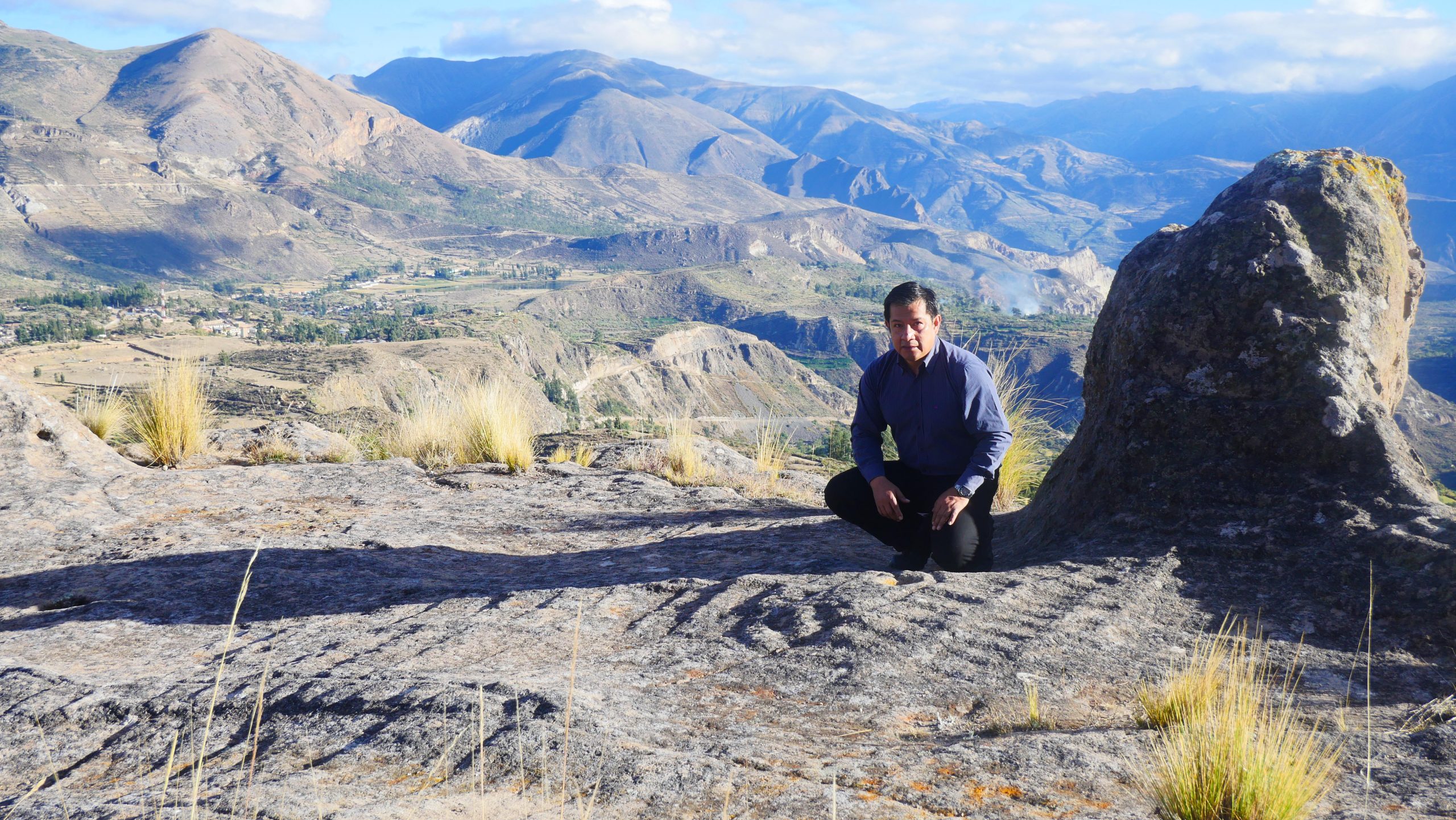
Ronald Ancajima, one of the most renowned specialists in Planning and Management of Water Resources and researcher of Incan Hydraulics, has researched the ancestral Incan wisdom in the management of water and the territory. © Ronald Ancajima
Ronald Ancajima,one of the most renowned specialists in Planning and Management of Water Resources and researcher of Incan Hydraulics, knows this well. He has spent decades leading water resources planning and management processes in Peru and has researched the ancestral Incan wisdom in the management of water and the territory. Through the Sustainable Management of Water platform (GSAGUA), Ancajima sees a model of sustainable development and adaptation to climate change in the recovery of ancestral agricultural techniques and Inca hydraulics . We talked to him in Liquid Talks and he explained the dream objective of his work and his vision of the Peruvian challenge.
Ancajima dreams that the millions of hectares of terraces that dot the central valleys of Peru will once again produce what their ancestors farmed thousands of years ago. The terraces of the Huancavelica, Ayacucho and Apurimac regions, for instance, climb the slopes of the mountains. Most of them were created by the Incan and pre-Incan inhabitants of the Andean mountain range and make up a very efficient integrated system for the management of water for farming. Some are deteriorating, although many are being used but without taking into account the general vision of respect for nature its creators had. “We have to recover them,” Ancajima declares, “and make them productive again. It is a very important living legacy that can be of great help to face the enormous environmental and food challenge Peru and the world are facing.”
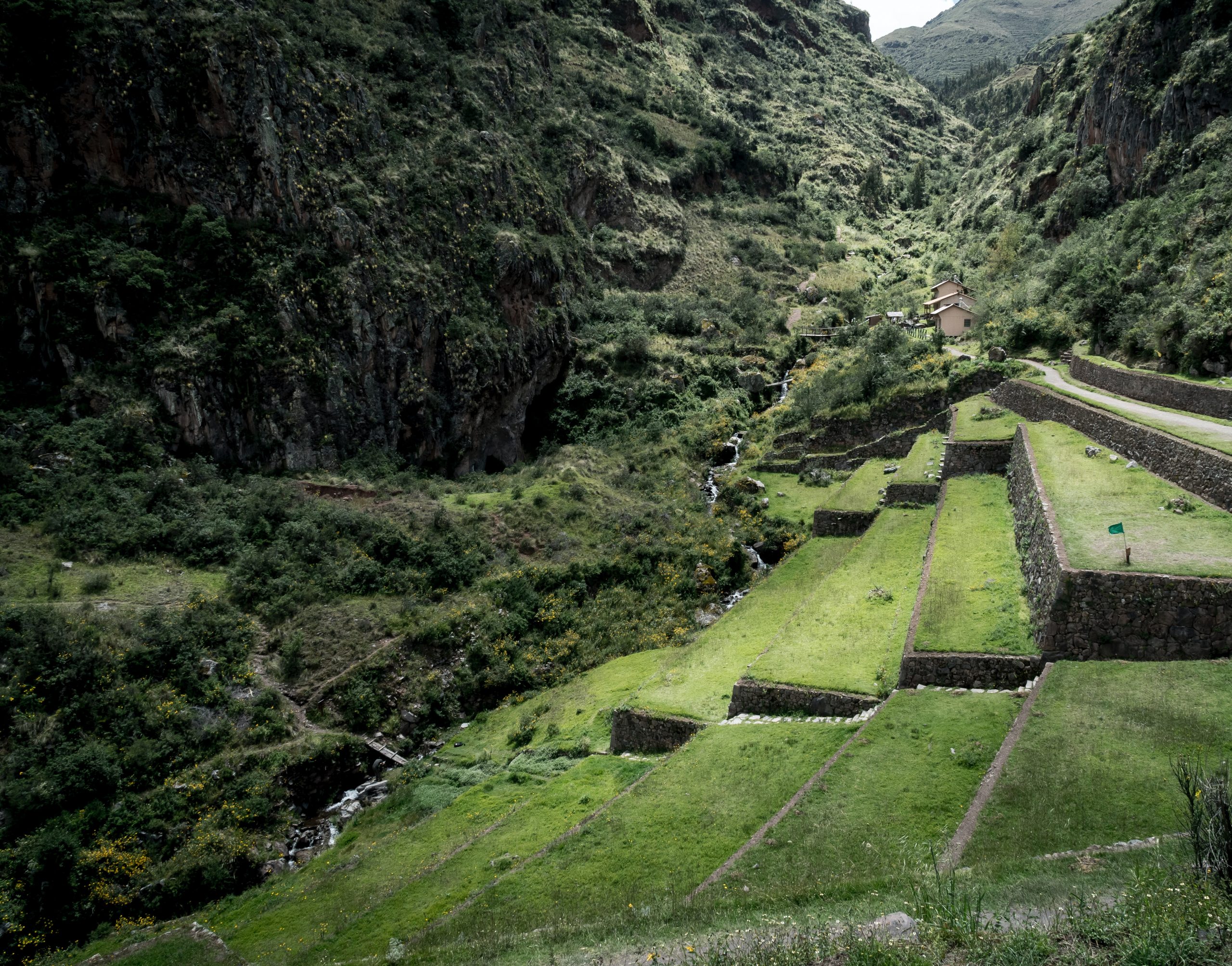
In the central area of Peru, Roland points out there are more than seven million hectares of terraces but most of them are not used. © Willian Justen -unsplash
According to the Peruvian engineer, the Covid-19 pandemic can open a door to the awareness of the need to recover this model of traditional farming. In the central area of Peru, Roland points out there are more than seven million hectares of terraces but most of them are not used: “We only use 2.5 million hectares and we make a living with it and even export. But there are around 5 million hectares in the country that are not used due to the lack of water and infrastructures. If we make the most of these crops Peru could be the world’s food pantry.”
There is a lack of infrastructures in a region with a high availability of water. This is a part of the challenge Peru is facing, as do most of the Latin American countries and many others around the world. Ancajima points at Incan hydraulics as a reference to attain sustainability and efficiency and he teaches courses about it at the Universidad Nacional Agraria La Molina (UNALM).
Pachamama and Yakumama, a legacy to face an uncertain future
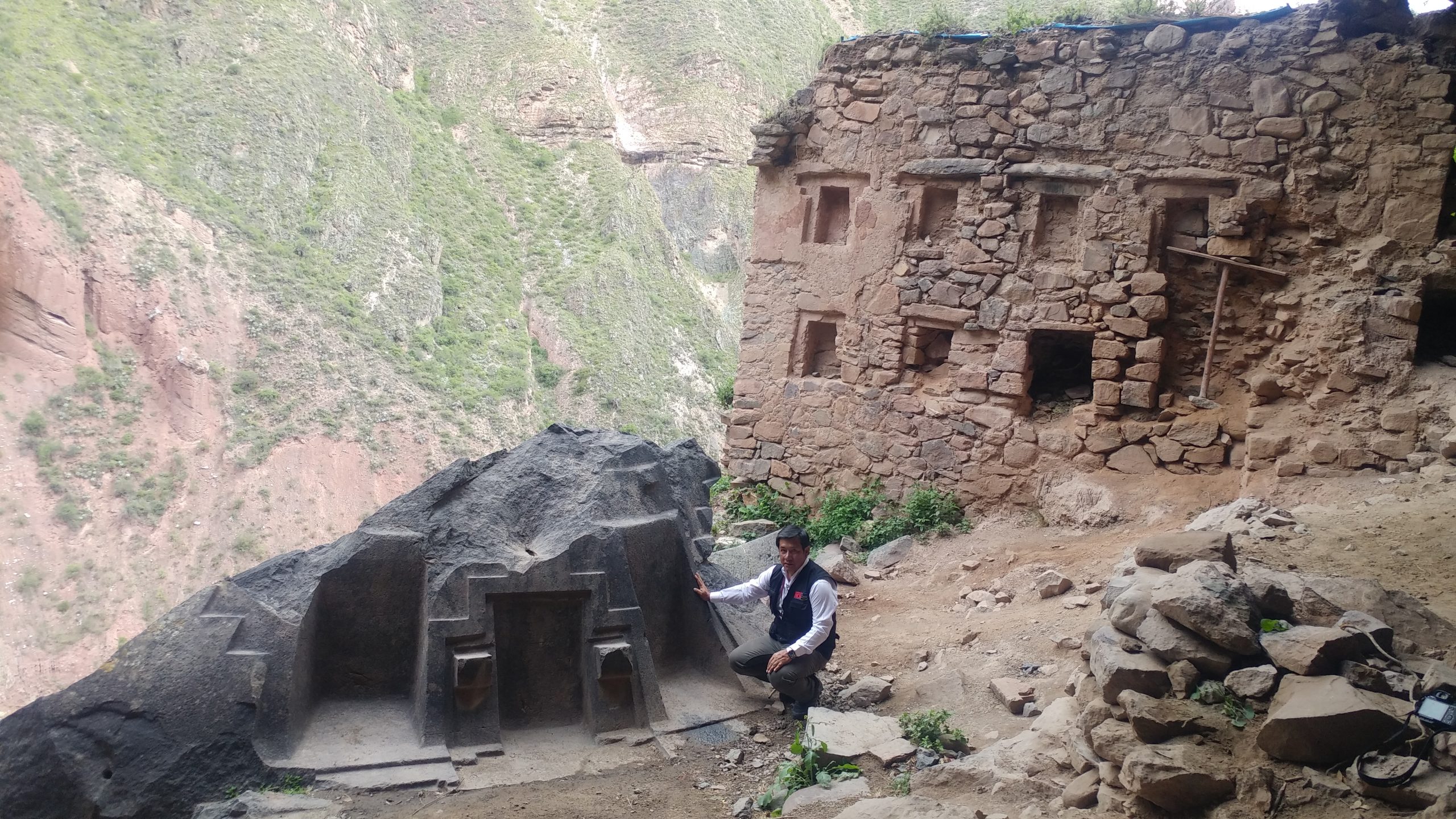
Ronald Ancajima has spent decades leading water resources planning and management processes in Peru. © Ronald Ancajima
The expert advocates developing the base of sustainability by balancing three factors that make up an essential triangle: the social, economic and environmental aspect, and culture should be its linchpin. “In order to face the integrated management of water resources with efficiency, this triangle must be sustainable,” Ancajima states. “And to do it we must integrate it in a culture of values and principles that must be recovered; such as the approach to nature and the living culture of communities. They are part of a common good and we must be aware that the common good has to be a rule of life. If we put this into practice, we would not have the problems we are now facing.”
The delicateness of the ancestral water culture contrasts with the extractive practices that decimate the aquifers to irrigate poorly planned land based on monoculture. The engineer points out: “Our ancestors did not ‘manage resources’, they ‘bred’ water, land, crops and they adopted the common good in each one of their works. They had a great strength we now lack: cosmovision, a way of looking at life that reflected on the respect for nature, the veneration of starts, of water and soil.”
From Caral (3.000 B.C.) to Machu Picchu (approximately 1450 A.D.), Peru has an ancestral culture of about 5,000 years of balance with nature. The link to earth represented by the myths of Pachamama (Mother Nature) and Yacumama (Mother of Water) allowed the creation of minimally aggressive water structures that are still functioning 600 years later. Ancajima agrees with the basis of the green economy in that this way of understanding the world must be recovered to face a future in which Peru can be an example for a thirsty world.
This is a great challenge because there are regulatory, institutional and management aspects along the way that must be mobilized. Peru, like most Latin American countries, needs a plan for analyzing interventions in the basins and investing in improving supply. Governance has a long way to go to maintain the right balance between public and private, and to involve citizens in projects. “Adequate governance must be built as politicians are the ones who least understand this situation. Fair norms must be established and brought to society. Well informed citizens are aware and empowered, declaring ‘this is my project, this is my vision’; a culture is thereby created that permeates governance. If this happens, then we can achieve it,” Ancajima declares.
Facing climate vulnerability
In addition to the problems of water resource distribution, Peru is also vulnerable to global warming. According to the World Meteorological Organization (WMO), Peru is the third country in the world most affected by global warming. This is evidenced by the retreat of permanent ice in the mountains, which was reduced by about a third between 1970 and 2006, and continues to decline. In particular, the Cordillera Blanca, which is the largest tropical snow-capped mountain range, with 17 peaks exceeding 6,000 meters, has witnessed a significant decline in its ice cover throughout the 20th century, and has suffered a 15 % drop since the 1970s. The decrease in rainfall and the alteration of the seasons are also noticeable in the three climatic regions of the country.
The return to nature-based solutions such as those being developed in Peru is also the basis for dealing with adaptation to the new climate and achieving maximum mitigation of the damage that global warming may cause. Peru’s success concerns the whole planet and we can all learn from it.


